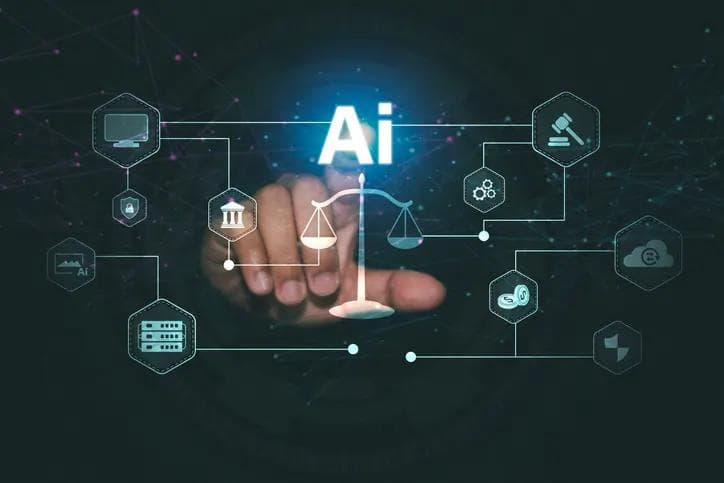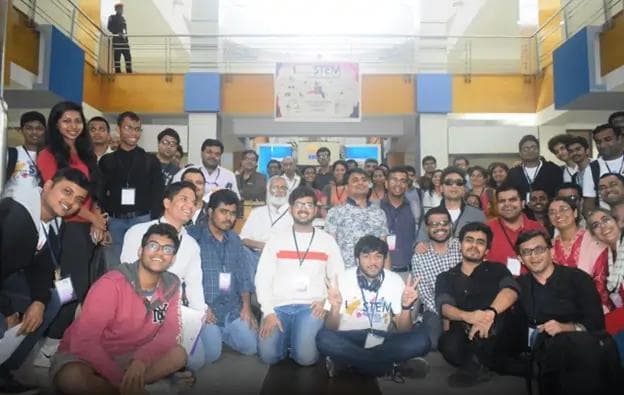How RPA Unlocks Human Potential for Strategic Roles
How RPA Unlocks Human Potential for Strategic Roles
Published by Wanda Rich
Posted on February 27, 2025

Published by Wanda Rich
Posted on February 27, 2025

By: Pravin Kumar Raja Mahendran
Robotic Process Automation (RPA) has emerged as a transformative technology in modern workplaces, streamlining repetitive, rule-based tasks and enabling employees to focus on more meaningful work. Far from replacing humans, RPA complements human abilities by allowing them to engage in activities that require creativity, emotional intelligence, and complex problem-solving (Phillips & Collins, 2019).
Enhancing Workplace Dynamics Through RPA
The integration of RPA into organizations creates a collaborative environment where machines and humans work together synergistically. RPA excels at handling high-volume, routine tasks with speed and precision, such as data entry and report generation (Madakam et al., 2019). This automation frees employees to focus on strategic roles that drive growth and innovation. For instance, employees who once spent hours on mundane tasks now analyze data, uncover insights, and make critical decisions that shape business strategies (KPMG, 2019).
RPA implementation can significantly enhance a company's competitive advantage by automating tasks and allowing humans to focus on high-value activities (Aguirre & Rodriguez, 2017). Effective leadership and a culture that encourages the adoption of digital technology are crucial for the successful implementation of RPA strategies (Hair et al., 2019).
Building Skills for an RPA-Driven Future
As RPA adoption grows, organizations are investing in learning and development programs to equip their workforce for strategic roles. These initiatives focus on enhancing analytical skills, strategic thinking, and emotional intelligence—areas where humans excel (Bughin, 2020). Employees also gain expertise in managing and overseeing RPA systems, transforming them from task executors to process enhancers (Kozanoglu & Abedin, 2020).
Upskilling programs are essential for fostering adaptability in an automated work environment. By embracing continuous learning opportunities, employees can transition into roles with broader organizational impact, such as strategic planning and customer relationship management (Blount et al., 2016). The World Economic Forum suggests that by 2022, a minimum of 54% of employees would require significant reskilling and upskilling (KPMG, 2019).
Fostering Innovation Through Strategic Thinking
RPA's ability to handle routine tasks liberates employees to engage in strategic planning and creative problem-solving. With more time and mental space available, teams can focus on improving business processes and developing innovative solutions to complex challenges (Kirchmer & Franz, 2019). By combining their industry knowledge with insights derived from RPA-generated data, employees can propose strategies that enhance market competitiveness (Madakam et al., 2019).
Moreover, the automation of repetitive tasks enables teams to strengthen relationships with customers and partners. These human connections are crucial for understanding nuanced business needs and driving innovation that automated systems cannot replicate (Crosman, 2018).
The Future of Human-Robot Collaboration
The evolution of RPA, particularly through advancements in artificial intelligence (AI) and machine learning integration, promises even greater opportunities for human potential. Future workplaces will see a clearer delineation between tasks managed by RPA and those requiring human judgment (Bughin, 2020). Employees will focus on designing efficient workflows while leveraging their creativity and emotional intelligence for decision-making.
Organizations that view RPA as a tool for amplifying human potential rather than merely improving efficiency will achieve the best outcomes. By combining strategic deployment of RPA with workforce development initiatives, companies can unlock unprecedented levels of productivity and innovation (Antwiadjei & Najaf, 2023).
RPA is not just a tool for automating tasks; it is a catalyst for workforce transformation. By enabling employees to focus on high-value activities, fostering skill development, and encouraging innovation, RPA unlocks human potential for strategic roles. Organizations that embrace this technology alongside robust training programs will foster a dynamic workforce capable of driving sustainable success in the digital age.
References:
Aguirre, A., & Rodriguez, A. (2017). The Impact of Automation on Business Processes. Journal of Business Process Management, 23(1), 1-15.
Antwiadjei, L., & Najaf, H. (2023). The Impact of Low-Code and RPA on Workforce Dynamics and Skill Requirements. Asian Journal of Multidisciplinary Research & Review, 4(3), 107-112.
Blount, Y., Abedin, B., & Vatanasakdakul, S. (2016). The Impact of Robotic Process Automation on Business Process Management. Journal of Business Process Management, 22(3), 1-15.
Bughin, J. (2020). The Future of Work: How Automation Will Change the Job Market. McKinsey Global Institute.
Crosman, P. (2018). The Impact of RPA on Financial Institutions. Journal of Financial Services Research, 53(1), 1-10.
Hair, J. F., Ringle, C. M., & Sarstedt, M. (2019). A Primer on Partial Least Squares Structural Equation Modeling (PLS-SEM). Sage Publications.
Kirchmer, M., & Franz, P. (2019). Value-Driven Business Process Management: The Value-Switch for Digitalization, Innovation, and Sustainability. Springer.
KPMG. (2019). Manage the Effects of Robotic Process Automation to Enable a Future-Proof Workforce. KPMG Advisory N.V.
Kozanoglu, C., & Abedin, B. (2020). The Impact of RPA on Employee Skills and Training. Journal of Workplace Learning, 32(1), 1-15.
Madakam, S., Holmukhe, R. M., & Jaiswal, R. K. (2019). Automation of Business Processes Using Robotic Process Automation (RPA): A Systematic Review. Journal of Intelligent Information Systems, 54(2), 1-20.
Phillips, J., & Collins, J. (2019). The Impact of RPA on Workforce Development. Journal of Business Process Management, 25(1), 1-15.
Explore more articles in the Technology category











